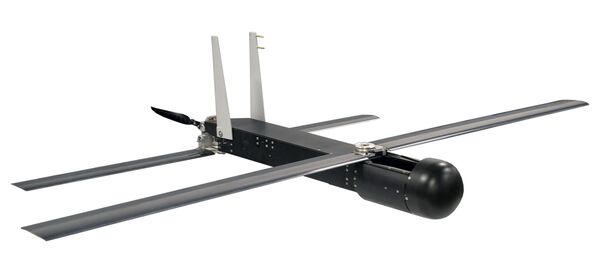
The Coyote Block 3NK was the only directed energy capability used during a spin-off of the main JCO event. Block 3NK is based on Block 1, which is pictured here. (Raytheon Missile Systems)
As Ukraine has stoked the demand for weapons that can act even in the most electromagnetic spectrum-congested environments, the US Joint Counter-small Unmanned Aircraft Systems Office (JCO) wants to capture them for its next experiment, army officials announced recently.
Entering its fourth year of experimentation, the first JCO demonstration for fiscal year 2025 is seeking to find the most effective technologies to deploy in theatres with a lot of electronic warfare noise, Jason Waggoner, a spokesperson for the army, told Janes on 26 July. The event will build on this year's experimentation with unmanned aircraft system (UAS) swarms.
During a June 2024 event at Yuma Proving Ground, New Mexico, eight companies proved their ability to simultaneously track and prosecute multiple UASs. Led by JCO and the army's Rapid Capabilities and Critical Technologies Office (RCCTO), the experiment pitted on average 40–50 UASs at a time against nine different counter-UAS (C-UAS) solutions.
The number of UASs being used as targets fluctuated depending on environmental conditions and the reliability of the systems, said Hi-sing Silen, project manager at JCO, during a media briefing on 23 July.
Of the nine solutions, none were directed energy, but non-kinetic and kinetic effectors were used, including multimission radars, electro-optic/infrared cameras, and kinetic interceptor UASs.
Because the official results of the demonstration had not yet been provided to the competitors, the army did not want to share them with media, Colonel Michael Parent, chief of the JCO's Acquisition and Resources Division, said during the briefing.
Looking to read the full article?
Gain unlimited access to Janes news and more...







